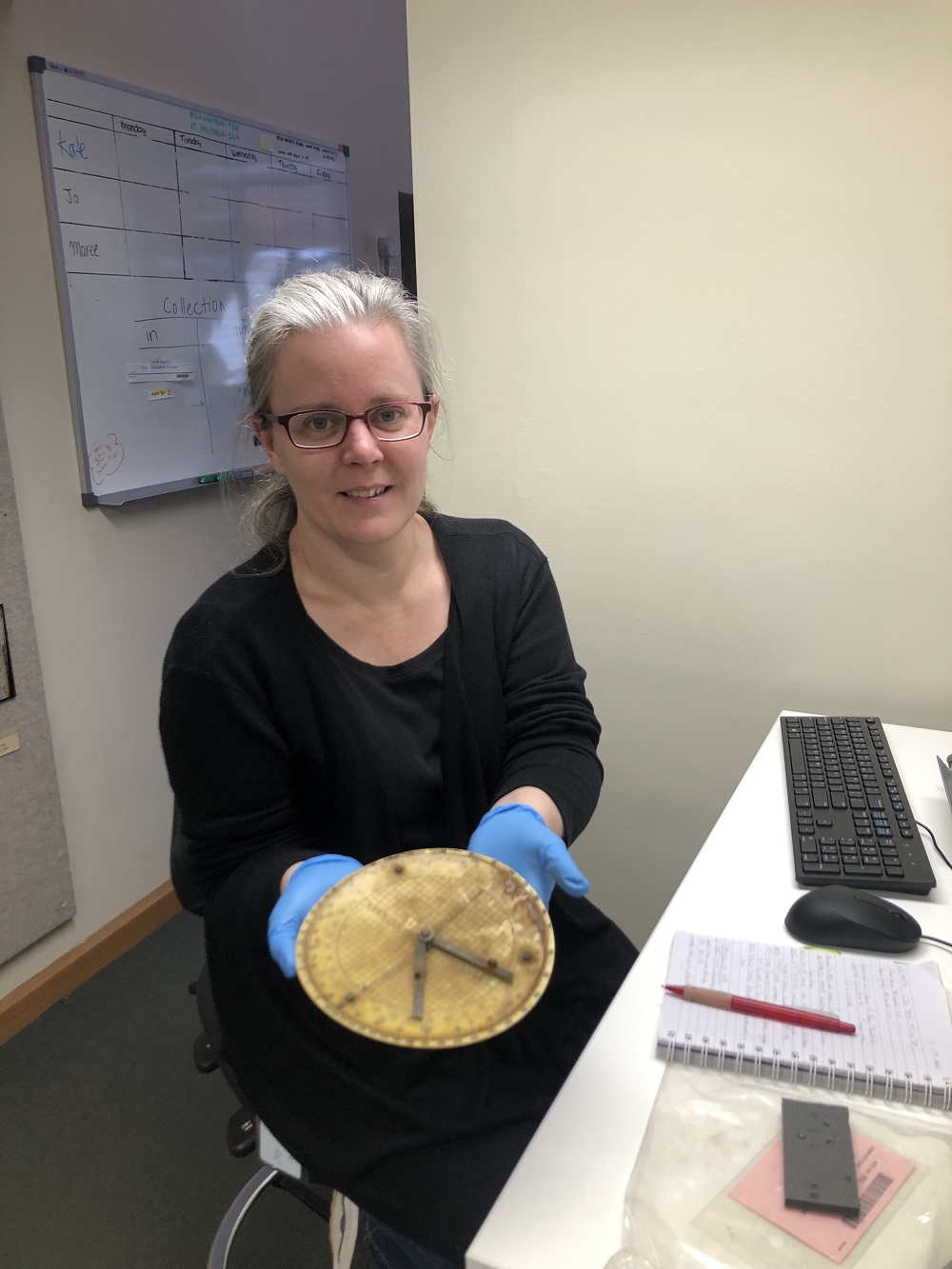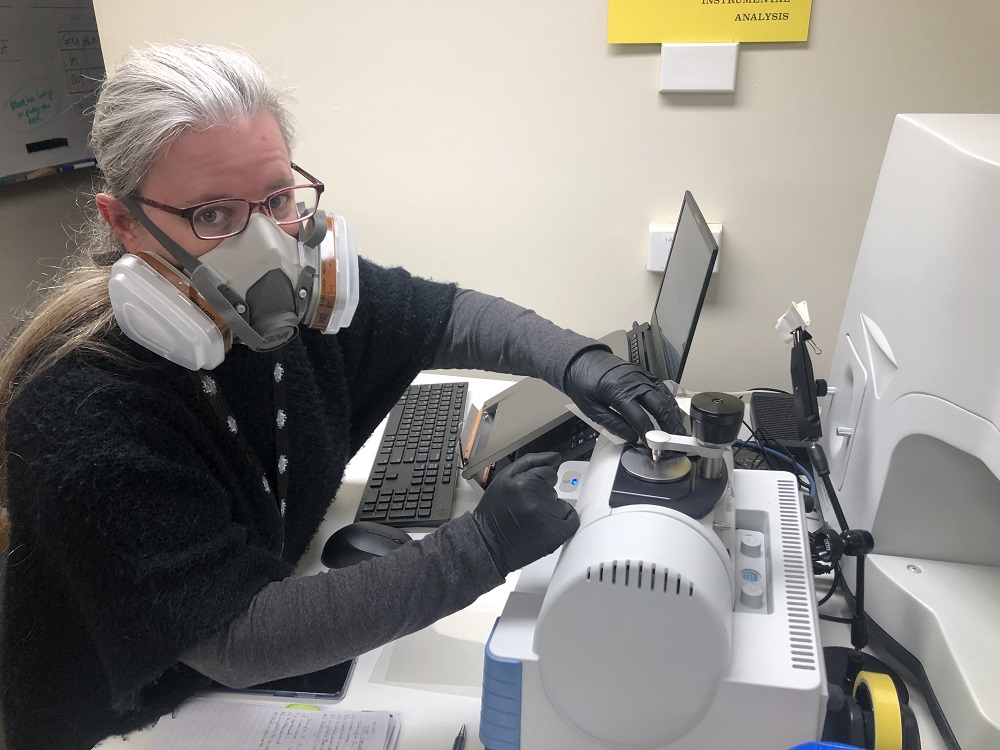Suzanne Lazaroo
19 October 2021: For University of Canberra PhD candidate Lisa Russ, the PhD Plus program’s unique combination of research and industry placement is the perfect fit to take her career in heritage and conservation further.
“PhD Plus develops candidates beyond just being individual puzzle pieces in the larger scheme of things, and really helps us figure out how we fit into the bigger picture – industry,” Ms Russ said.
She is currently interning with the Australian War Memorial, as part of her PhD Plus study focused on heritage, museums and conservation.
“Placements provide more than just networking opportunities – they allow us to practically demonstrate our skills to prospective employers and show them what we are capable of,” she said. “In addition to building a network, I know that I am now better-placed to gain employment in the industry.”

PhD Plus’ strong industry alignment embeds candidates within their chosen areas, from the start of their Higher Degree by Research (HDR) journey.
The University’s Deputy Vice-Chancellor, Research and Innovation, Professor Leigh Sullivan says that this is in line with the University’s own ethos – research undertaken should be impactful, innovative and make a clear real world contribution, and the collaboration of PhDs with industry greatly assists this aim.
“The benefits are also felt within industry itself, as PhD Plus candidates are able to apply their research and innovation within their placements,” Professor Sullivan said.
“This approach closely aligns with that of the Australian government – in mid-2021, it announced incentives to support the building of new employment pathways for those undertaking research training.”
“This involved supporting longer-term internships for PhD students in the first 18 months of their HDR journey, and included a refocusing of the Research Training Program scholarships, which PhD Plus candidates can apply for.”
For Ms Russ, the opportunity to work at the intersection of research and practical, hands-on conservation is invaluable – and crucial to the work she wanted to do.
After living and working in Canada and the United Kingdom, her interest in culture, history and museums truly crystallised when she moved to Australia and volunteered at the Australian Army Military Intelligence Museum in Queensland, and the Australian Army Museum Duntroon in Canberra.
Ms Russ went on to complete both a Bachelor of Arts and Design (Honours) and a Bachelor of Heritage, Museums and Conservation at the University of Canberra.
For her PhD study, Ms Russ is investigating the presence of triphenyl phosphate (TPP) in heritage collections and the risks to those entrusted with collection care. TPP is widely used as a flame retardant, plasticiser and lubricant in plastics.

She says that plastics are increasing in heritage collections and are deteriorating – which not only makes it difficult to conserve the object but also exposes people to potentially harmful chemicals through inhalation, skin, and ingestion via hand to mouth contact.
“As an undergraduate, I had an internship with the National Film and Sound Archive [NFSA],” Ms Russ said.
As part of her work there, Ms Russ used Fourier transform infrared spectroscopy [FTIR] quite extensively. FTIR is a method which reveals the composition of matter – and it frequently identified TPP in heritage objects.
“This chemical is a potential endocrine disruptor, and I was concerned about the risks to people handling these objects all the time, so it became my focus of study,” she said.
“But I knew that learning from within the industry was the only way I could do this right.
“For one thing, I needed to be part of the industry in order to have safe in-situ access to heritage collections and the equipment I needed – and I’m not just testing objects, but air and dust samples from within the heritage environment.”
Ms Russ says that industry placements have had enormous impact on the way she works, as any risk mitigation procedures and policies must be analysed in terms of how they fit into industry.
“I’ve also learned that available equipment differs between learning and industry settings – not all museums have FTIR instruments, so I have to consider other ways of identifying the chemical,” she says.
“It’s about having a linked perspective, to see how it all filters in and works together.”
The deadline for EOI submission for the PhD Plus is 9 Nov. Visit the main PhD Plus site to find out more.
Photos: Joanne Lisinski. Taken at the Australian War Memorial, they depict Lisa Russ holding an aircraft navigation computer in one and using the FTIR instrument to analyse a film negative – to identify the polymer and presence of TPP – in the other.


